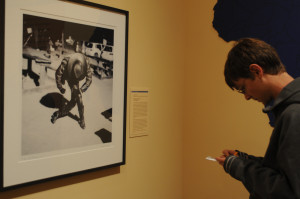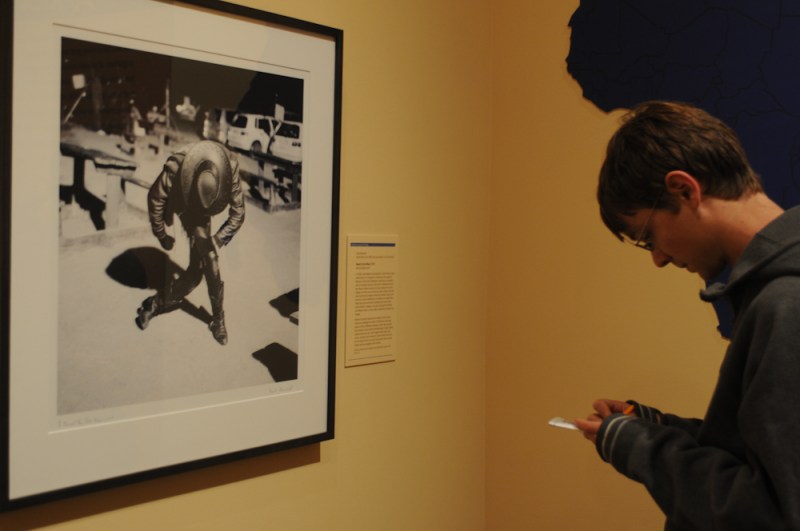Since she was in high school, Josie Johnson ’13 knew she wanted to work in a museum. At Stanford, Johnson typed the word “museum” into the ExploreCourses search query and stumbled upon a class about being a student guide at the Cantor Center for Visual Arts.

After learning about different skills and concepts such as museum administration, exhibition planning and art registration, Johnson realized that she was extremely interested in art history. She ultimately held four different jobs at Cantor during her four years at Stanford.
According to Kim Mansfield, coordinator of student engagement at Cantor, Johnson was one of approximately 20 student staff members who worked at Cantor throughout last year. Students are assigned to different departments, helping with curating exhibitions, public relations and maintenance of the outdoor sculpture garden.
Asia Chiao ’15, another student staff member, said that she was attracted by the practical experience that working at Cantor can provide.
“There are few opportunities in real life to work for museums,” Chiao said. “It’s great that Stanford offers that choice to students.”
However, working on staff is just one way for students to get involved with Cantor. Mansfield said there are three other main channels for students to interact with the museum: taking free studio classes offered at the center, participating in social events and attending academic courses that meet in the Cantor building.
“Stanford students are extremely diverse with different needs and interests,” Johnson said. “But we can all use Cantor as a resource for learning since there are great things there that relate to all academic disciplines, from science, chemistry, history to visual art.”
The studio classes are no-credit, no-fee courses that aim to engage students with the museum’s exhibitions by assigning them a project to produce something that is inspired by the museum’s artwork.
Several professors—particularly in the Art History Department—also choose to take advantage of the ambience at Cantor by holding their discussion sections there.
Mansfield said that a popular method of student engagement is working at “Party on the Edge,” an annual social gathering with student performances, galleries and live music that is held at Cantor. This year, the event will be held on the night of Oct. 10.
The café overlooking the Rodin Sculpture Garden also features student-created art.
For Johnson, working at Cantor was the perfect opportunity to further explore her interests and long-term goals. Besides guiding, her work entailed tasks such as putting together art labels, working on the arrangements of the artwork and researching objects that would potentially be exhibited in a collection. However, Johnson said her most enjoyable experience was working with Elizabeth Mitchell, the museum curator.
Chiao also said that the guiding class at Cantor taught students to choose works of art and talk about them with confidence.
“It is focused toward teaching people how to talk about art without having previous exposure to art,” Chiao said. “Guides will be able to look at art and ask critical questions or help other people see what’s exciting and interesting about it.”
Despite the many opportunities available at Cantor, some student staffers feel that the center is underutilized. While it exists as an educational resource and is home to an impressive number of great works of art, students often don’t seem to see it as a space that’s accessible or approachable.
“It’s the general attitude toward the arts here at Stanford, which is more geared toward engineering,” Chiao said. “Few people are interested in art history and related subjects, resulting in poor engagement with Cantor.”
To Chiao, Cantor should be a place for people to go to enjoy art and supplement their learning. “You can also just come with a friend after class and hang out,” she added.
“A museum is a place of learning and inquiry, and that is why we are here for students,” Mansfield said. “We want an active and engaged relationship with students. Everyone can take advantage of these rich resources, and there are numerous different ways to get involved.”
Contact Lan Ahn Le at lananhle ‘at’ stanford.edu.
To read “This is not a love letter (to Cantor Arts Center)”, Helen Anderson’s essay about her personal experience at Cantor, click here.
